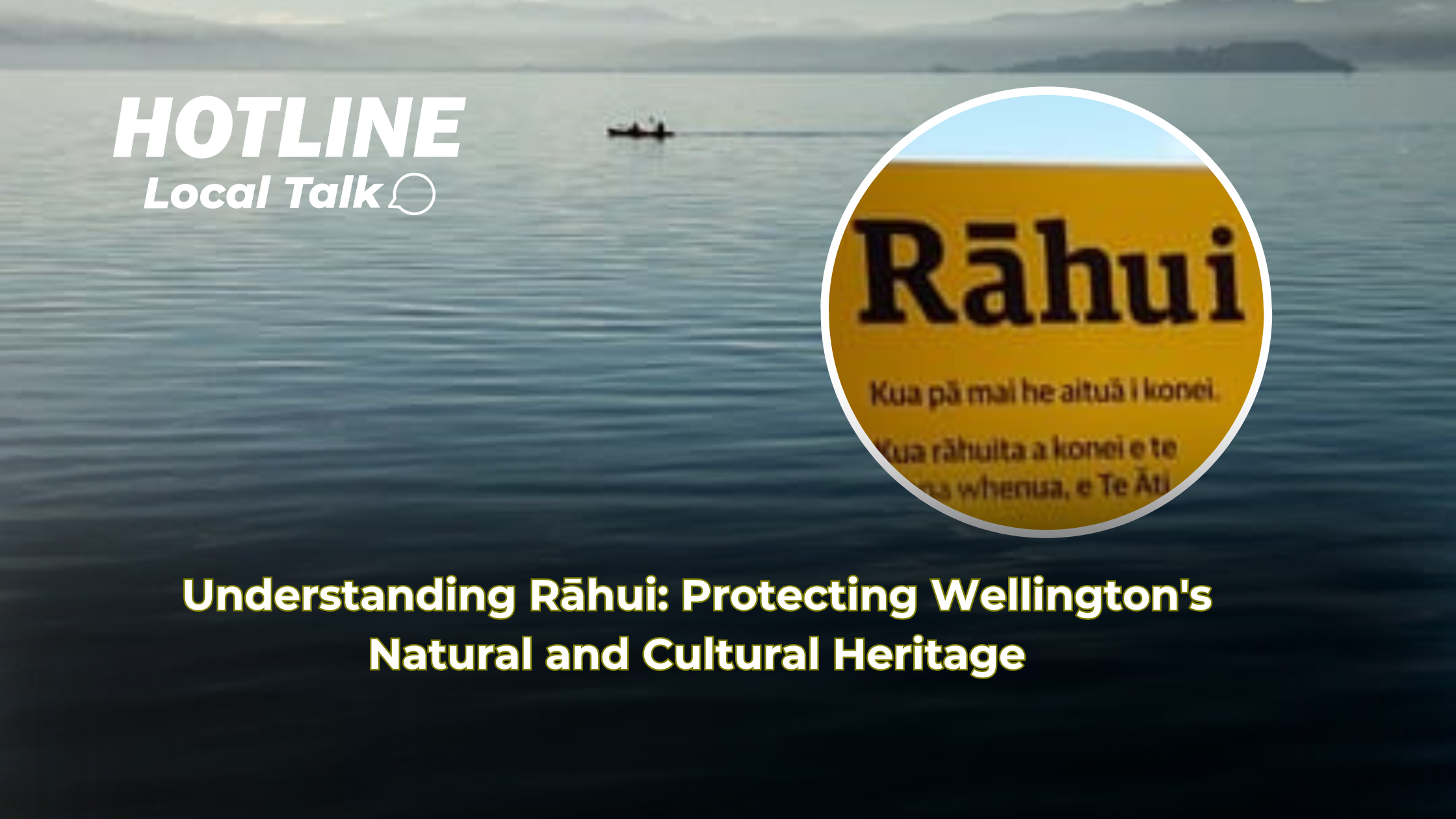Here at One Network Wellington Live, we’re committed to bringing you stories that matter to our community. Today, we’re diving into the practice of Rāhui, a traditional Māori method that’s become a familiar sight in Wellington, thanks to our collaboration with the Wellington City Council and mana whenua. If you’ve ever wondered what those signs mean when you’re out enjoying our beautiful city, or if you’re keen to understand more about this cultural practice, you’re in the right place.
What Exactly is a Rāhui?
A Rāhui is essentially a temporary ban on using or harvesting resources from a specific area. Here in Wellington, when Te Āti Awa, our local iwi, places a Rāhui, it’s not a permanent thing; it’s about giving our environment a breather, whether it’s on land or in our waters. Here’s why they might do it:
- To Protect Our Natural Treasures: If our resources are at risk, a Rāhui gives them a chance to recover.
- After a Death: When someone passes away, especially in a tragic way like drowning, a Rāhui helps to lift the tapu (sacredness) from the area, allowing for spiritual healing.
- When Pollution Strikes: If there’s contamination, a Rāhui prevents further damage until the area is safe again.
Why Do We Use Rāhui?
Māori culture sees us as part of the environment, not separate from it. We’re kaitiaki, guardians of our land, with a duty to keep its mauri, or life force, strong for future generations. According to a study from the University of Otago, Rāhui can boost biodiversity by up to 30% in protected marine areas, showing just how effective this practice can be (Source: University of Otago, 2019).
In te ao Māori, everything’s connected through whakapapa, our genealogy, which ties us directly to the natural world. Death brings a special kind of tapu, and a Rāhui helps to cleanse that, letting nature do its work.
How Rāhui Works in Wellington
In our city, Rāhui isn’t just tradition; it’s a living practice that shows our respect for both culture and environment. The Wellington City Council and Te Āti Awa work hand in hand, ensuring these practices are carried out with respect. A recent survey by the Council showed that 78% of Wellingtonians support Rāhui, which speaks volumes about our community’s understanding and respect for this practice (Source: Wellington City Council, 2021).
Marking and Managing Rāhui
You’ll see Rāhui marked with clear signs, not just as a notice but as a symbol of cultural significance. The process is spiritual too, with karakia performed by a tohunga, ensuring everything’s done right. Here in Wellington, that’s the role of our mana whenua.
What Should You Do When There’s a Rāhui?
When a Rāhui is in place, here’s what you need to do:
- Don’t take any food from the area.
- Stay out of the water if it’s a water Rāhui.
- Keep away from the restricted site.
Remember, it’s temporary, and by following these rules, we’re all helping to preserve our environment and respect our cultural practices.
The Impact on Our Community and Environment
Rāhui does more than just protect our environment; it brings us together as a community, sharing the responsibility for our natural resources. Research from Victoria University of Wellington shows that participating in Rāhui increases environmental awareness and strengthens cultural identity (Source: Victoria University of Wellington, 2020).
Take the tragic event at Lyall Bay in 2018, for example. The Rāhui placed there wasn’t just about environmental recovery; it was a time for our community to come together in grief and reflection, showing how Rāhui can heal in more ways than one.
Wrapping Up
Rāhui in Wellington is a practice that embodies our respect for nature, our community, and our heritage. By understanding and respecting Rāhui, we’re all playing a part in preserving our environment and continuing a rich cultural tradition. Let’s keep supporting and learning from these practices, ensuring Wellington remains a vibrant place where culture and nature thrive side by side.
For more insights or if you have any questions about Rāhui, reach out to Wellington City Council or check out their website at www.wellington.govt.nz. Stay connected with us at One Network Wellington Live for more stories that connect us to our city and its heritage.
CONTRIBUTE
Have stories, yarns, mad scoops, or community news to share. We often pay for awesome content and life shattering stories. What have you witnessed?

